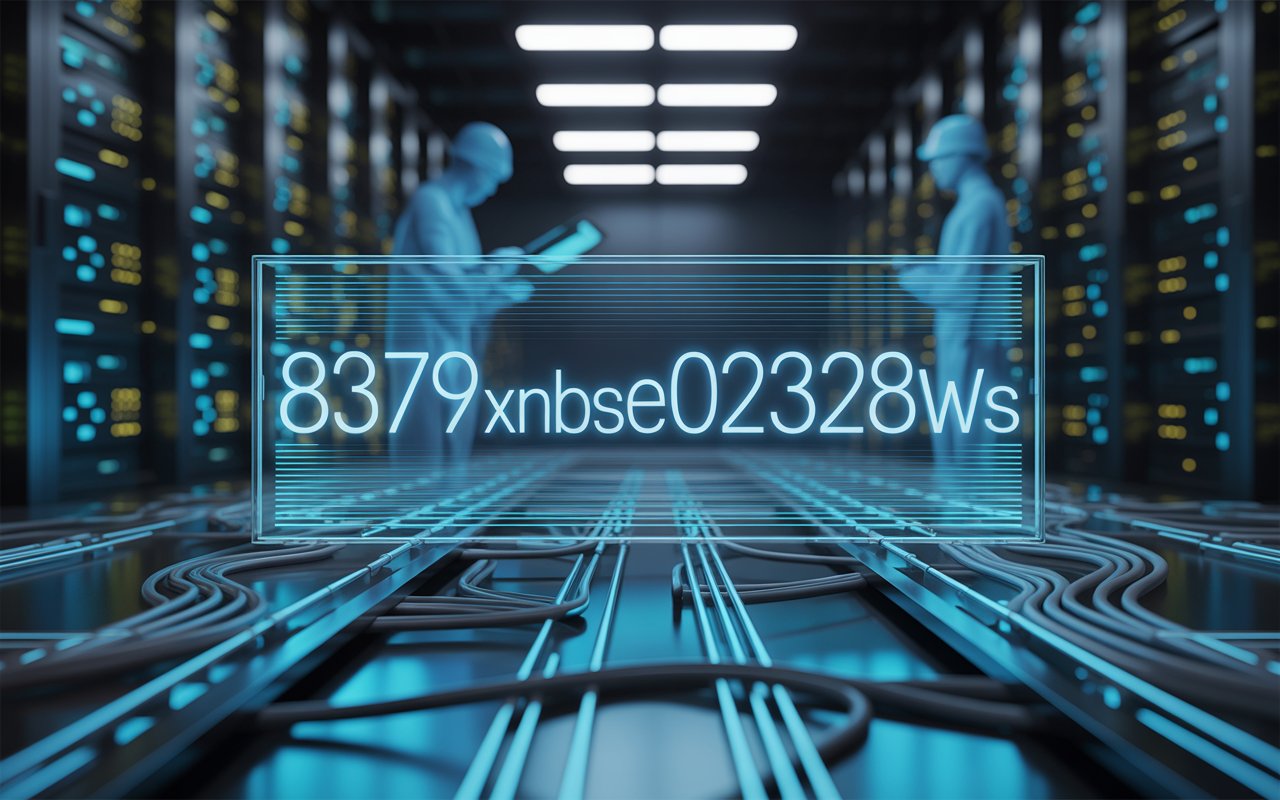In the fast-moving world of digital technology, cryptic strings of letters and numbers often appear in systems, applications, or logs. One such example is 8379xnbs8e02328ws — a seemingly random sequence that may, in fact, have a clear and important role. Whether it’s a token, a transaction ID, or a database reference, understanding how such codes function can help both technical and non-technical users handle them more effectively.
This guide will break down 8379xnbs8e02328ws, exploring what it could mean, how it’s typically used, and why identifiers like it are essential in the digital age.
What Is 8379xnbs8e02328ws?
At first glance, 8379xnbs8e02328ws looks like a meaningless scramble. However, these kinds of identifiers often follow a deliberate logic, even if that logic isn’t obvious to the casual observer.
- Length and format – The 17-character mix of numbers and lowercase letters may be optimized for uniqueness while still being lightweight for database operations.
- Purpose – Such codes are typically used to label data entities, authenticate sessions, or track transactions without revealing sensitive user details.
- Origin – The sequence might be auto-generated by a software application, API, or system script.
In short, 8379xnbs8e02328ws is likely more than just a random code; it’s a functional component of a larger technical system.
Why Codes Like 8379xnbs8e02328ws Exist
Identifiers such as 8379xnbs8e02328ws solve a key problem in computing: how to track and reference data securely and efficiently without exposing private details.
They serve multiple purposes:
- Uniqueness – No two IDs should collide within a given system.
- Anonymity – The code contains no human-readable personal information.
- Portability – It can be passed between systems without confusion.
This makes 8379xnbs8e02328ws both practical and secure, especially in distributed or cloud-based environments.
Common Contexts Where You Might See 8379xnbs8e02328ws
There are several situations where 8379xnbs8e02328ws or similar strings appear:
- Database keys – Used to identify rows in large datasets.
- Session tokens – Tying a user’s browsing session to stored data without revealing their identity.
- Transaction IDs – Tracking orders, payments, or blockchain entries.
- API references – Linking requests and responses across systems.
Recognizing these contexts can help you determine how to handle the code when you encounter it.
Decoding the Structure of 8379xnbs8e02328ws
While 8379xnbs8e02328ws appears random, such codes are often generated using structured algorithms:
- Random number generation – Ensuring low chances of duplication.
- Encoding schemes – Base62 or Base36 for alphanumeric compactness.
- Check digits or markers – Embedded within to aid validation.
This means that behind its apparent randomness, 8379xnbs8e02328ws may follow predictable rules — but only known to the system that created it.
Security Considerations for 8379xnbs8e02328ws
If 8379xnbs8e02328ws is tied to sensitive systems, handling it incorrectly could create vulnerabilities. Best practices include:
- Never post it publicly if it’s linked to authentication or transactions.
- Use encryption when transmitting identifiers across networks.
- Regularly expire old tokens to prevent reuse.
Even harmless-looking IDs like 8379xnbs8e02328ws can become a weak point if left unmanaged.
How Developers Work With Identifiers Like 8379xnbs8e02328ws
From a developer’s perspective, an identifier like 8379xnbs8e02328ws is part of a broader design strategy:
- Generation – Ensuring uniqueness through UUID generators or hashing functions.
- Validation – Checking that incoming IDs match the expected format.
- Mapping – Linking the ID to the right data without ambiguity.
Good system design ensures that even if a user interacts with 8379xnbs8e02328ws, they can’t misuse it to gain unauthorized access.
Investigating 8379xnbs8e02328ws in a Live Environment
If you encounter 8379xnbs8e02328ws and need to learn its origin:
- Check its source – Which app or log generated it?
- Search the database – See if it matches a known entry.
- Ask the system admin – They might instantly recognize its purpose.
- Trace its lifecycle – Determine when and where it’s used in the workflow.
By following this process, you can safely interpret what 8379xnbs8e02328ws stands for without guesswork.
Why 8379xnbs8e02328ws Matters in Modern Technology
In today’s interconnected systems, identifiers like 8379xnbs8e02328ws play a critical role:
- They make it possible to link information across multiple platforms.
- They improve security by keeping actual data hidden behind an ID.
- They allow massive databases to operate quickly without full-text searches.
Essentially, 8379xnbs8e02328ws is a small but essential cog in the machinery of digital communication.
Potential Future Trends for Codes Like 8379xnbs8e02328ws
As systems evolve, identifiers such as 8379xnbs8e02328ws will also change:
- Shorter yet more secure through advanced encoding.
- Self-validating IDs that store encrypted metadata within.
- Quantum-resistant generation to prevent future brute-force attacks.
Still, their core mission will remain the same — to uniquely and securely label digital objects.
Best Practices for Organizations Using 8379xnbs8e02328ws
Businesses that generate identifiers like 8379xnbs8e02328ws should:
- Maintain strict control over generation methods.
- Audit for duplicates or expired entries.
- Train staff to recognize sensitive identifiers.
Following these guidelines keeps systems secure and reliable.
How Non-Technical Users Should Handle 8379xnbs8e02328ws
Even if you’re not a developer, you may still see 8379xnbs8e02328ws in your work:
- If it appears in an email or document, verify its source.
- If it’s tied to an account, don’t share it.
- If unsure, ask IT for clarification before acting.
Simple caution can prevent major problems.
Conclusion: The Role of 8379xnbs8e02328ws in Digital Infrastructure
While 8379xnbs8e02328ws might look like an unremarkable string of characters, in reality it’s a key player in the smooth running of digital systems. Whether it’s identifying a record, securing a transaction, or enabling cross-platform communication, this type of code ensures technology works seamlessly behind the scenes.
The next time you encounter 8379xnbs8e02328ws, you’ll know it’s not just a jumble of letters and numbers — it’s a carefully designed tool serving a precise purpose.









Leave a Reply